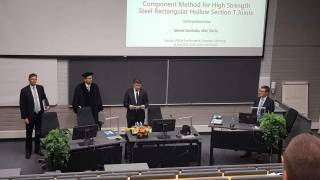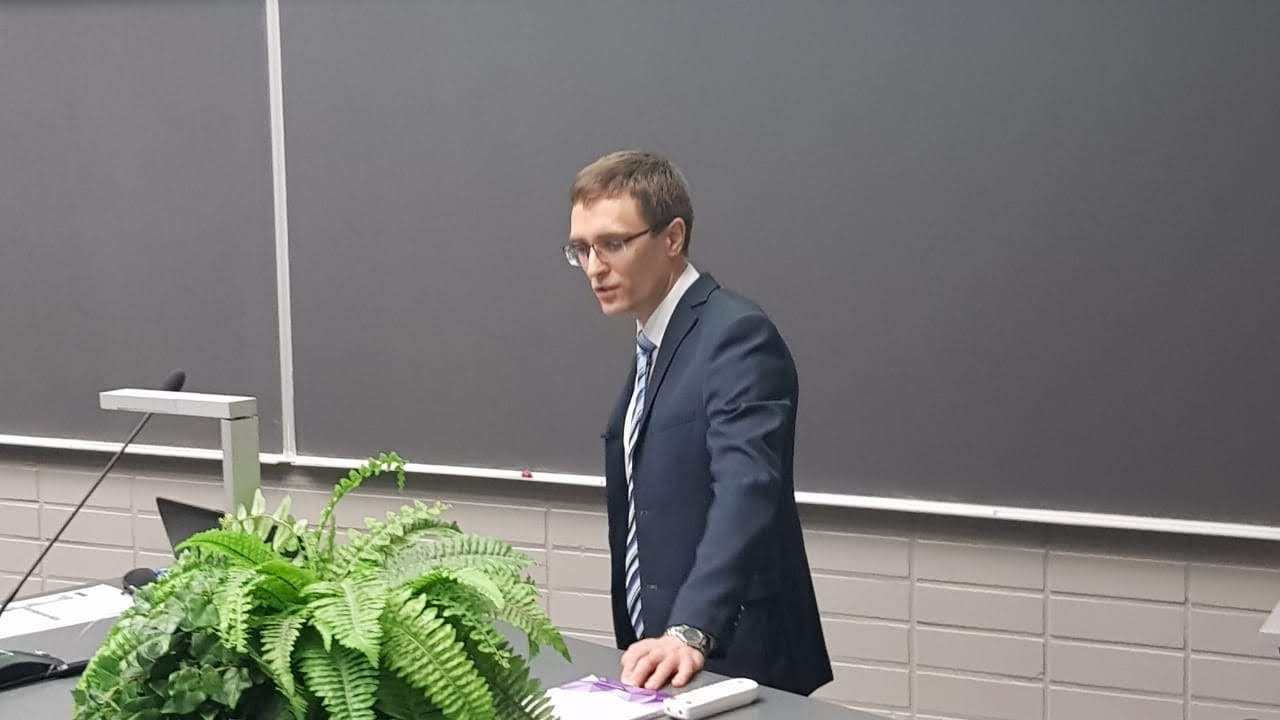Tubular joints cover a large range of applications, including bridges, lattice masts, frames and trusses, combining nice appearance and excellent structural properties. Currently, Eurocode and other standards provide engineers with clear and simple design rules for the design of tubular joints. However, the recent invention of new types of connections and high strength steels encourages researchers to develop new, more unified design rules to obtain all benefits of tubular structures in the construction industry.
One of the most reliable solutions for the design of tubular joints can be provided by the component method, which recently has been proposed as a unified approach for the design of most types of connections. The method has been extended for tubular joints in the comprehensive research conducted by CIDECT. Although the CIDECT recommendations present a consistent design approach for the resistance of joints, there are still many issues that remain unsolved.
Following the CIDECT studies conducted recently on this topic, this thesis specifies the component method for rectangular hollow section (RHS) T joints under arbitrary loading, including biaxial bending and axial loading. Employing simple mechanical models and extensive numerical analyses, the thesis develops theoretical solutions for the initial stiffness of RHS T joints under in-plane bending and axial loading. To incorporate the effect of chord axial stresses, the thesis proposes chord stress functions for the initial axial and rotational stiffness of joints. Moreover, the research investigates the most challenging issues of high strength steels in RHS T joints, including significant reduction factors for resistance and the extremely large throat thicknesses of full-strength fillet welds. In addition, the thesis discovers the improving effect of fillet welds on the structural properties of tubular joints. Attention is also paid to the influence of initial imperfections, such as geometrical imperfections and welding residual stresses. Finally, the thesis constructs a surrogate model for the initial rotational stiffness of RHS Y joints, demonstrating its effectiveness for solving engineering tasks with no analytical solution.
The results of the research can help to make a step forward in developing a sustainable and consistent approach for the design of tubular joints, including their resistance, initial stiffness and ductility.
Vastaväittäjät: professori Markus Knobloch, Ruhr-Universität Bochum ja professori Bert Snijder, Eindhoven University of Technology
Valvoja: tenure track tutkija Kristo Mela
Väitöskirja luettavissa http://urn.fi/URN:ISBN:978-952-03-1043-1


